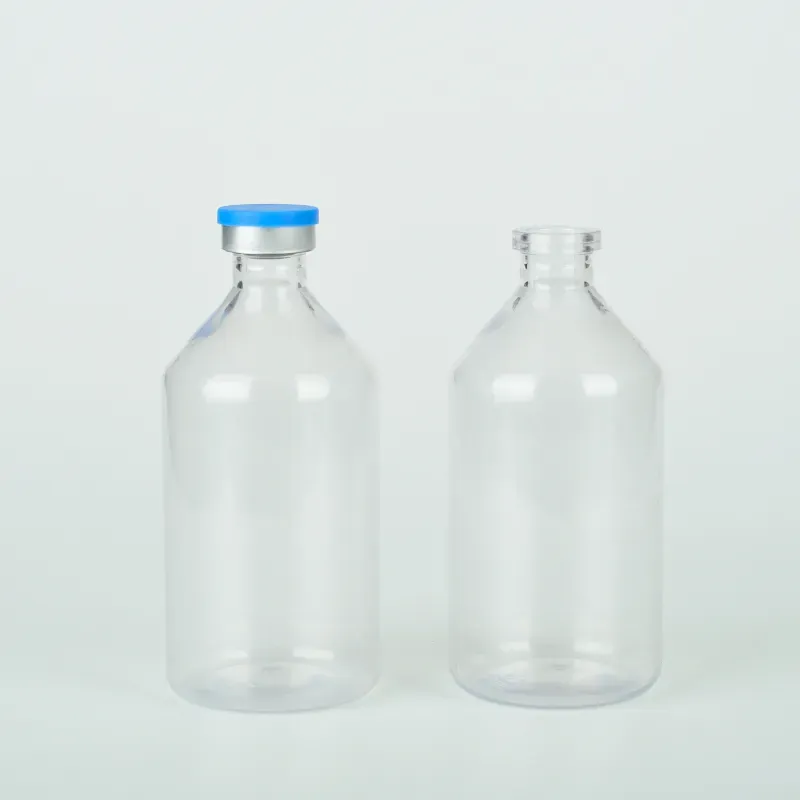Reagent Bottle Caps - Essential Accessories for Laboratory Safety
The Importance of Reagent Bottle Caps in Laboratory Settings
In the world of scientific research and laboratory work, the significance of seemingly small components often goes unnoticed. Among these components, reagent bottle caps play a crucial role in ensuring the integrity and safety of laboratory materials. A reagent bottle cap is not merely a closure for a bottle; it is a vital accessory that impacts experiments, chemical stability, and overall safety in the lab.
Reagent bottles are used to store various chemicals, solvents, and solutions that are essential for conducting experiments. The caps on these bottles serve several important functions. Firstly, they act as a barrier to keep contaminants out and prevent the escape of volatile substances. This is particularly important as many reagents are sensitive to air and moisture, and even minor exposure can lead to degradation, reacting with the environment or other chemicals in unwanted ways. A good cap helps maintain the purity of the stored substance, which is critical for achieving consistent and reliable results in experiments.
Moreover, reagent bottle caps are designed to withstand various laboratory conditions
. They are often made from high-quality materials such as polypropylene or fluoropolymer, which offer chemical resistance against aggressive reagents. Depending on the nature of the chemicals stored, specific caps may be designed to provide inert properties, ensuring that no chemical leaching occurs, thus preserving the integrity of the reagents. For instance, when storing strong acids or bases, a compatible cap can prevent any adverse reactions that might compromise both the reagent and the safety of the laboratory environment.reagent bottle cap

In addition to chemical compatibility, many reagent caps are equipped with features that enhance usability and safety. Some caps come with built-in sealing mechanisms that enable a secure and leak-proof closure, essential for preventing spills and maintaining a safe laboratory atmosphere. Others feature graduated markings, enabling precise measurement of liquid contents without the need to remove the cap, thus reducing the risk of exposure to hazardous substances. Such designs represent the advancements in laboratory safety measures and reflect the ongoing commitment to improving laboratory practices.
Labeling is another significant aspect of reagent caps. Many laboratories implement a practice of labeling their reagent bottles for proper identification. This is where caps can play a role, as they can be manufactured in various colors or with designated labeling areas for chemical identifiers. Clear labeling helps prevent cross-contamination and improves overall lab organization. In fast-paced environments, knowing exactly what is in a bottle at a glance can be the difference between a successful experiment and a hazardous mistake.
Furthermore, the evolution of reagent bottle cap designs is worth noting. Innovations such as tamper-evident features and child-resistant closures are becoming more prevalent, responding to the heightened awareness of safety protocols in laboratory and educational settings. These advancements ensure that while researchers have easy access to their important reagents, they also maintain a safe environment—especially in facilities that may be accessed by non-professionals or students.
In conclusion, while reagent bottle caps may appear to be unassuming components of laboratory equipment, their importance cannot be overstated. They are indispensable in ensuring that chemical substances remain pure, stable, and safely contained. As the scientific community continues to progress, so too will the design and functionality of these caps, further enhancing the laboratory experience while prioritizing safety and compliance. Scientists and researchers must recognize the value of these small yet vital parts in their workflows, as utilizing the correct reagent bottle caps can lead to more successful and safe experimental outcomes.
-
Aesthetic Makeup Spray Bottles | Fine Mist Empty RefillableNewsAug.19,2025
-
White Plastic Veterinary Vaccine Vials | Lab Liquid BottlesNewsAug.18,2025
-
Plastic Medicine Liquid Bottle: Secure Flip Top Drug VialsNewsAug.17,2025
-
Durable 250ml Blue Plastic Vaccine Vial for Lab & Vet UseNewsAug.16,2025
-
Sterile Virus Sample Tubes: Secure & Reliable Specimen CollectionNewsAug.15,2025
-
White 250ml Plastic Vaccine Vial for Lab & Vet MedicineNewsAug.14,2025
























